- Home
- Articles
- Architectural Portfolio
- Architectral Presentation
- Inspirational Stories
- Architecture News
- Visualization
- BIM Industry
- Facade Design
- Parametric Design
- Career
- Landscape Architecture
- Construction
- Artificial Intelligence
- Sketching
- Design Softwares
- Diagrams
- Writing
- Architectural Tips
- Sustainability
- Courses
- Concept
- Technology
- History & Heritage
- Future of Architecture
- Guides & How-To
- Art & Culture
- Projects
- Interior Design
- Competitions
- Jobs
- Store
- Tools
- More
- Home
- Articles
- Architectural Portfolio
- Architectral Presentation
- Inspirational Stories
- Architecture News
- Visualization
- BIM Industry
- Facade Design
- Parametric Design
- Career
- Landscape Architecture
- Construction
- Artificial Intelligence
- Sketching
- Design Softwares
- Diagrams
- Writing
- Architectural Tips
- Sustainability
- Courses
- Concept
- Technology
- History & Heritage
- Future of Architecture
- Guides & How-To
- Art & Culture
- Projects
- Interior Design
- Competitions
- Jobs
- Store
- Tools
- More
Enhancing Urban Mobility and Design: Innovative Solutions for Sustainable City Living
Explore the dynamic relationship between urban mobility and design in our latest article. Discover innovative strategies to enhance accessibility, safety, and sustainability in growing cities. From smart traffic management to green spaces, we delve into effective solutions for modern transportation challenges.

As cities continue to grow and evolve, the way we move within them is more important than ever. Urban mobility and design aren’t just buzzwords; they shape our daily experiences and influence everything from air quality to social interactions. We face unique challenges in creating spaces that accommodate diverse transportation methods while ensuring accessibility and sustainability.
By exploring innovative solutions and design principles, we can transform our urban environments into more livable and efficient spaces. Whether it’s integrating bike lanes, enhancing public transport, or reimagining pedestrian pathways, the future of urban mobility hinges on our ability to adapt and innovate. Join us as we delve into the exciting intersection of mobility and design, and uncover how these elements can create a better urban experience for everyone.

Table of Contents
ToggleOverview of Urban Mobility and Design
Urban mobility encompasses all modes of transportation within cities, including walking, cycling, public transit, and driving. As urban areas continue to expand, effective mobility design emerges as a critical factor for success. We face challenges in creating spaces that accommodate diverse transportation methods while promoting sustainability and accessibility.
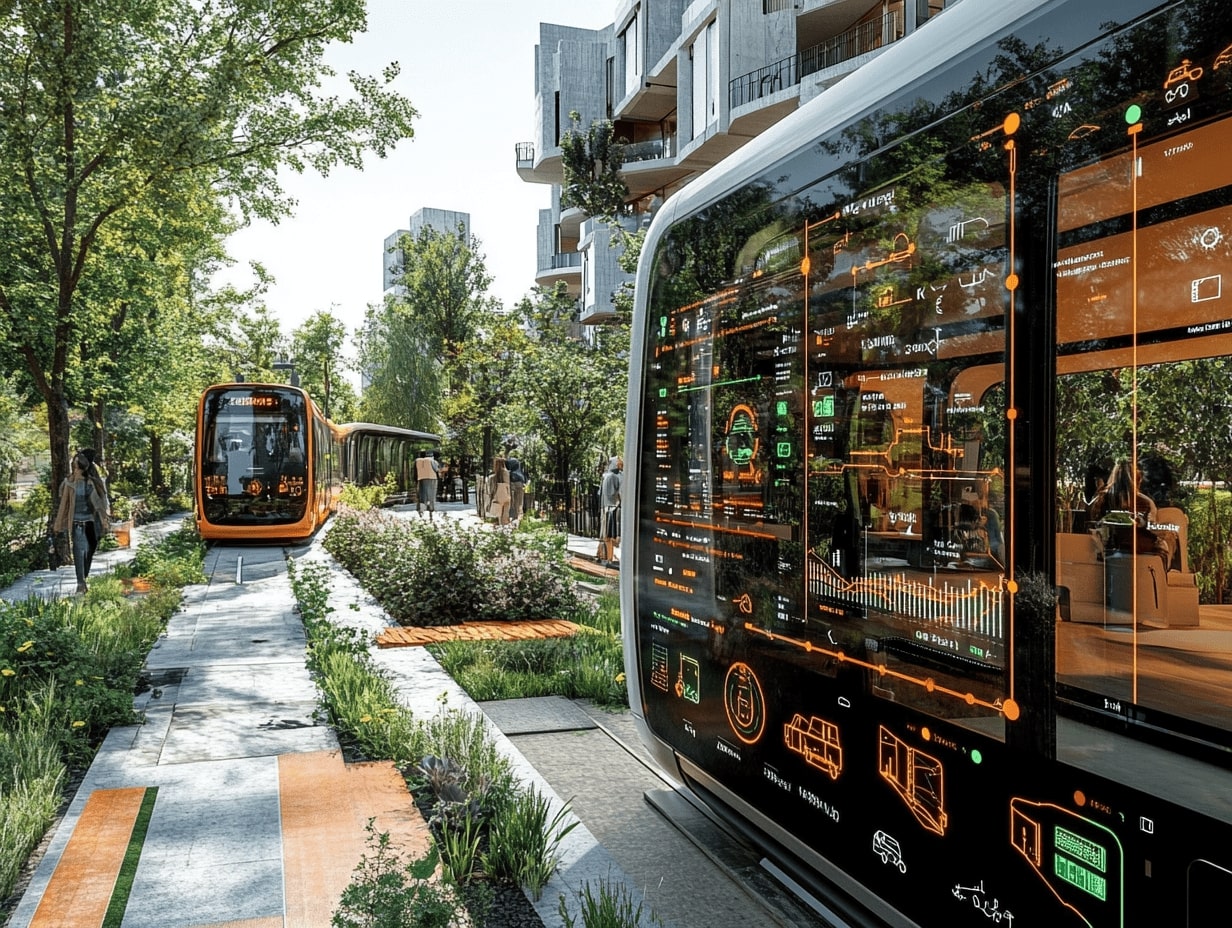
Effective urban design integrates features like bike lanes, pedestrian pathways, and public transport infrastructure. These components work together, ensuring that cities can adapt to the growing population and changing needs. Design elements must prioritize safety, efficiency, and comfort, balancing the needs of pedestrians, cyclists, and motorists.
Innovative solutions play a vital role in reimagining urban spaces. For instance, the incorporation of smart traffic management systems can optimize flow and reduce congestion. Integrating green spaces into transportation networks enhances aesthetics and provides environmental benefits.
Ultimately, urban mobility and design shape how we navigate and experience our cities. By prioritizing strategic planning and innovative approaches, we can create urban environments that support diverse transportation options and promote a higher quality of life for all residents.
Key Trends in Urban Mobility
Urban mobility evolves rapidly, reflecting changing lifestyles and environments. We observe significant trends that shape how we navigate our cities, focusing on sustainability and technology.

Sustainable Transportation Solutions
Sustainable transportation solutions aim to minimize environmental impact while enhancing accessibility. We see several effective approaches, including:
- Public Transit Enhancement: Expanding and improving public transit systems encourage greater usage. Efficient buses and trains reduce reliance on personal vehicles.
- Cycling Infrastructure: Developing extensive bike lanes promotes cycling as a primary mode of transport. Cities like Amsterdam exemplify successful bike-friendliness.
- Pedestrian Zones: Creating car-free zones improves safety and accessibility for pedestrians. Many cities dedicate specific areas for walking, fostering vibrant community spaces.
- Electric Vehicles (EVs): Increasing EV adoption supports a reduction in emissions. Cities invest in charging infrastructure to facilitate easy access for users.
- Shared Mobility Services: Car-sharing and bike-sharing programs offer alternatives to ownership. These services help decrease traffic congestion and parking pressures.
Technological Innovations
- Smart Traffic Management: Intelligent systems analyze traffic patterns in real-time, optimizing traffic flow. Solutions often include adaptive signal controls and congestion pricing.
- Mobile Applications: Integrated apps provide real-time data on transit schedules, routes, and available ride options. Users enjoy seamless travel coordination.
- Autonomous Vehicles: The development of self-driving technology presents new opportunities for urban transport. Autonomous shuttles begin testing in select cities, offering potential for improved accessibility.
- Data Analytics: Cities leverage big data to inform transportation planning and policy decisions. Analyzing travel behavior helps improve urban mobility strategies.
- Sustainable Materials: Innovations in construction materials for roads and infrastructure enhance durability and sustainability. Using recycled materials reduces the environmental footprint of urban projects.
The Role of Urban Design in Mobility
Urban design significantly impacts mobility within cities. Thoughtful planning can enhance access and convenience for all transportation methods, fostering a harmonious urban environment.

Designing for Accessibility
Designing for accessibility ensures that all individuals, regardless of ability, can navigate urban spaces with ease. Key features include:
- Wide sidewalks: We prioritize wider sidewalks to accommodate pedestrians and those with mobility aids.
- Curb cuts: We incorporate curb cuts at intersections to facilitate movement for wheelchairs and strollers.
- Clear signage: We implement clear, multilingual signage to guide users effectively throughout urban areas.
- Public transport access: We design public transit stations with ramps and elevators to ensure seamless access.
- Adaptive services: We offer adaptive transportation options for individuals with disabilities to guarantee inclusivity.
By focusing on these elements, we work towards creating urban environments that welcome everyone.
Integration of Green Spaces
Integrating green spaces into urban design enhances mobility and promotes sustainable practices. Benefits include:
- Enhanced walkability: We create parks and green corridors that encourage walking and cycling, reducing reliance on cars.
- Biodiversity support: We design green areas that support local wildlife and plant species, contributing to ecological balance.
- Improved air quality: We plant trees and vegetation that filter pollutants, promoting healthier urban living.
- Social spaces: We develop parks and plazas that serve as community gathering points, fostering social interaction and connectedness.
- Stormwater management: We utilize green infrastructure to manage rainwater runoff, reducing flooding risks and enhancing urban resilience.
Integrating green spaces not only improves mobility but also elevates the quality of life for urban residents.
Challenges in Urban Mobility and Design
Urban mobility faces significant challenges that hinder the creation of efficient, accessible, and sustainable city environments. We must address these challenges to foster urban areas that serve all residents effectively.

Traffic Congestion Issues
Traffic congestion remains a critical issue in urban mobility. High vehicle volumes lead to slower travel times, increased pollution, and greater stress for commuters. According to INRIX, traffic congestion costs U.S. commuters approximately $87 billion annually in lost productivity. Effective solutions include implementing smart traffic management systems and improving public transportation options. By optimizing traffic signals and reducing bottlenecks, we can enhance vehicle flow and mitigate congestion. Additionally, promoting alternative transportation, such as biking and walking, can reduce the reliance on personal vehicles, easing overall traffic conditions.
Infrastructure Limitations
Many cities struggle with aging infrastructure that fails to meet modern mobility demands. Inadequate public transport systems, insufficient bike lanes, and poorly maintained roads create barriers to accessibility. According to the American Society of Civil Engineers, $4.5 trillion is needed by 2025 to improve U.S. infrastructure. Investing in upgrades and expansions can enhance urban mobility. For example, modernizing transit facilities and increasing the frequency of service can encourage greater public transportation use. Furthermore, developing dedicated lanes for cyclists and pedestrians fosters safer and more viable non-motorized travel options, thereby enhancing the overall urban design.
Future Directions in Urban Mobility and Design
As urban areas continue to expand, innovative strategies transform our approach to mobility and design. By prioritizing sustainability and inclusivity, we can create spaces that enhance quality of life for all residents.

Policy Implications
Effective policies play a crucial role in shaping urban mobility. We advocate for implementing regulations that encourage multi-modal transport options. Policies promoting electric vehicle use and prioritizing public transit funding must align with these goals. Zoning laws should facilitate mixed-use developments, reducing reliance on private vehicles. Moreover, we support incentives for businesses that foster shared mobility programs, such as carpooling and bike-sharing initiatives. Data collection on transportation trends must guide policy decisions, enabling cities to adapt quickly to emerging needs.
Community Involvement
Community involvement significantly impacts urban mobility planning. We recognize that engaging residents fosters a sense of ownership in local projects. Public workshops, focus groups, and forums allow us to gather diverse perspectives, ensuring solutions meet community needs. Surveys can assess satisfaction with current transportation systems and highlight areas for improvement. Collaboration with local organizations strengthens advocacy for sustainable transportation options. We aim to empower communities by integrating their feedback into planning processes, enhancing overall satisfaction and encouraging active participation.
Conclusion
Urban mobility and design shape our daily experiences in increasingly significant ways. We recognize the pressing need to address the challenges posed by growing populations and evolving transportation needs. Our focus on accessible, sustainable spaces is paramount, as we consider all modes of transport including walking, cycling, public transit, and driving. By integrating bike lanes, enhancing public transport, and creating pedestrian-friendly pathways, we enhance urban life.
Smart traffic management systems play a vital role in optimizing urban mobility and aesthetic appeal. We embrace technological advancements and sustainable solutions to minimize environmental impact. Enhancements such as improved public transit, cycling infrastructure, pedestrian zones, electric vehicle promotion, and shared mobility services are critical to achieving our mobility goals.
Planning must prioritize safety and comfort while accommodating diverse user needs. We aim to create inclusive urban environments, characterized by accessible features such as wide sidewalks and clear signage. Incorporating green spaces not only fosters walkability, but also promotes biodiversity, air quality, and social interaction.
Addressing specific challenges like traffic congestion and infrastructure limitations requires innovative strategies. We understand that traffic congestion costs U.S. commuters about $87 billion annually. Implementing smart traffic management and investing in public transportation are necessary steps to alleviate these issues. Additionally, we need to invest approximately $4.5 trillion by 2025 in our aging infrastructure to meet modern mobility demands.
Future directions in urban mobility and design should prioritize sustainability and inclusivity. We advocate for effective policies that encourage multi-modal transport, electric vehicle use, and public transit funding. Engaging communities in urban mobility planning ensures our solutions are tailored to local needs, fostering ownership among residents. Through these collective efforts, we can create inviting urban environments that elevate the quality of life for all.
- city mobility tech
- city transportation design
- designing urban transport
- Future of urban mobility
- green urban transport
- innovative urban design
- intelligent transportation systems
- public transit system design
- smart city mobility
- sustainable city transport
- urban design and mobility
- urban mobility solutions
- urban planning and transport
- urban transport network
- urban transportation innovation
I create and manage digital content for architecture-focused platforms, specializing in blog writing, short-form video editing, visual content production, and social media coordination. With a strong background in project and team management, I bring structure and creativity to every stage of content production. My skills in marketing, visual design, and strategic planning enable me to deliver impactful, brand-aligned results.
Submit your architectural projects
Follow these steps for submission your project. Submission FormLatest Posts
How DeepSeek AI Is Transforming Architecture and Urban Design Workflows
DeepSeek AI represents a new generation of architectural intelligence, shifting artificial intelligence...
Copenhagen Named the Happiest City in the World in 2025
Copenhagen has been named the happiest city in the world in 2025...
Frank Gehry’s Transformative Ideas in Urban Design
Frank Gehry’s influence extends far beyond expressive architecture; his ideas have reshaped...
Architecture as Infrastructure: Designing Beyond Buildings
Architecture as infrastructure reframes cities as systems—flows, lifecycles, and value. Explore resilient...





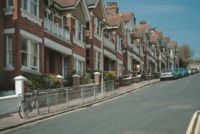
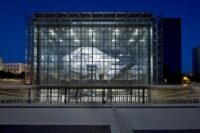
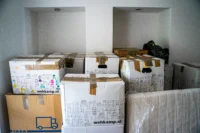

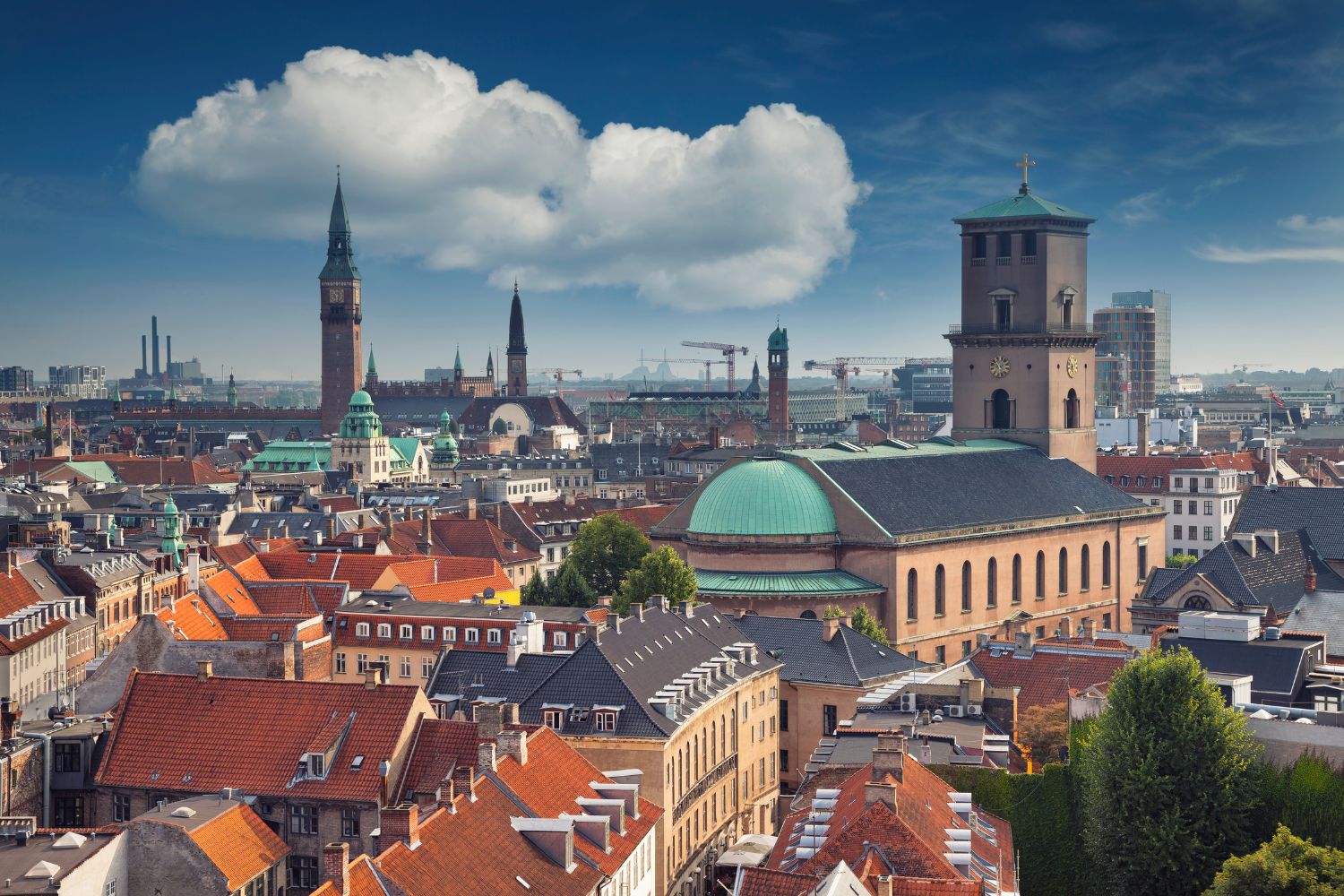

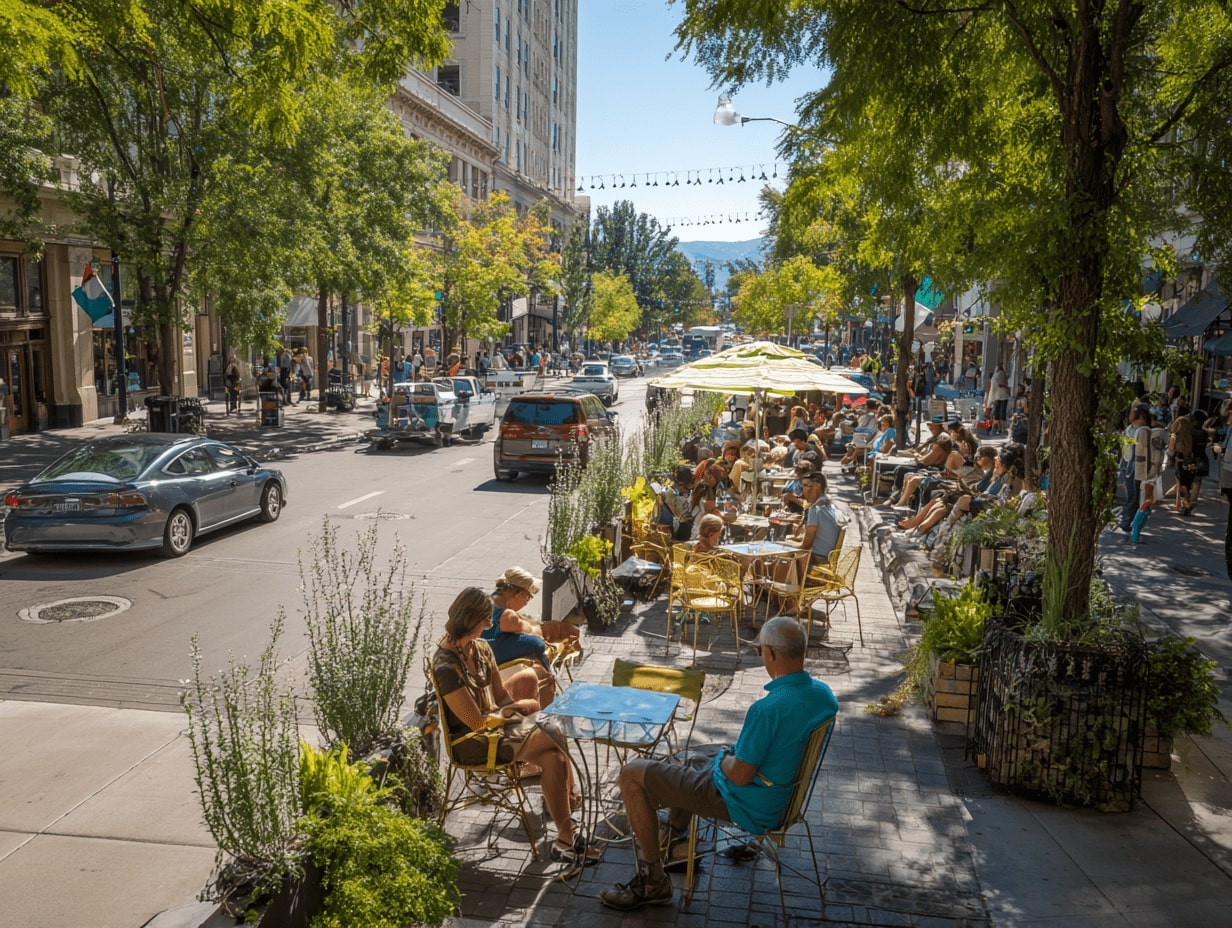
Leave a comment